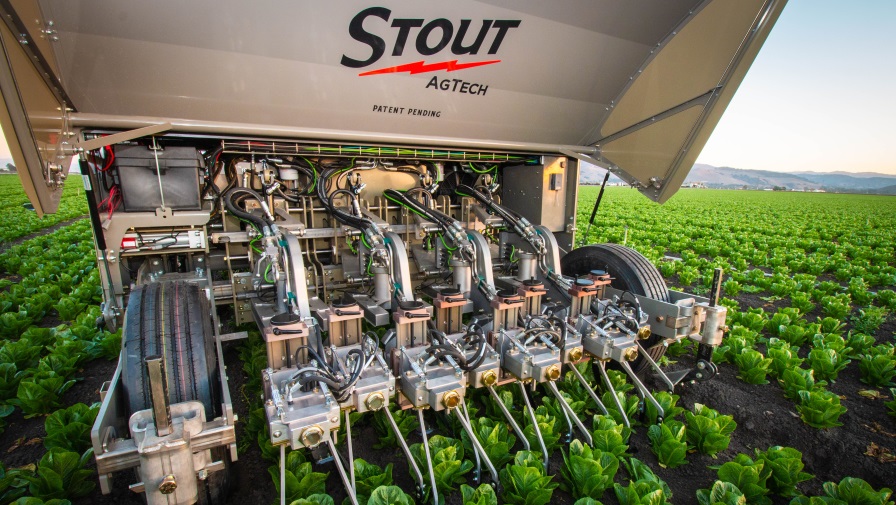Citrus Growers Calculating Phantom Costs
High input costs have been big news over the last couple of years, but a report from the University of Florida’s Institute of Food and Agricultural Sciences (UF/IFAS) suggests growers should consider the “phantom” costs that can add up over time.
The report, The Phantom Costs Of Florida’s Citrus Industry, attempted to gauge the time and money agricultural operations expend to comply with various government regulations. To remain competitive, growers must either absorb most of the compliance costs, further reducing an already small profit margin, or ignore them entirely when computing their costs and returns.
As the report notes: “Some contend that these phantom costs are part of the cost of doing business. If they are, then there should be an accounting
for them.”
Accounting for those costs are important to inform government officials who would otherwise be unaware of them. This information could be critical when these officials are in trade negotiations.
Survey Setup
A group of growers from the Peace River Valley posed the question: “What are the total costs of complying with government regulations?” The IFAS team researched this question and found there was no cost-compliance data for crops in the U.S.
The team set out to identify the local, regional, state, and federal agencies that growers must report to. A total of 61 regulatory items were identified and grouped under six regulatory categories. The six regulatory categories selected were payroll and administration (11 items), chemicals (17 items), water (15 items), Department of Environmental Protection/Fuel Tanks (8 items), citrus canker decontamination (5 items), and other compliance regulations (5 items).
A survey was designed around these six categories for responses from key agricultural employee categories, including owner/operator, manager, labor, and clerical. The average per hour cost for each of these employee categories, along with the total number of employees within each category, were entered in an Excel worksheet. Other descriptive information requested on the worksheet questionnaire included the net planted acreage (not total land area) in the predominant counties where citrus was owned or managed.
A total of 27 citrus firms from all major production areas participated in the survey, representing 140,020 acres. The compliance cost data was summarized into four categories: all surveys; up to 1,000 acres; 1,001 acres to 7,500 acres; and greater than 7,500 acres. Average farm acreage for all surveys was 5,334 acres.
Research Results
The survey clearly showed that the cost of complying with government regulations is significant, and the smaller the size of the operation, the higher the costs. The time expended and costs for all regulatory categories was 0.86 hours and $32.74 per net-tree acre.
Using the survey results, it is estimated the time expended to comply with regulations is 643,757 hours; 80,470 days (8 hours per day); and 309 full-time employee equivalents would be required annually to comply with citrus grower/production regulations. That time translates in costs greater than $24.5 million to comply with government regulations statewide.
| Survey Totals | Administration | Chemicals | Canker Compliance | DEP-Fuel Tanks | Water | Other |
| Average hours per net-tree acre reported | 0.31 | 0.30 | 0.13 | 0.014 | 0.09 | 0.014 |
| Costs per net-tree acre reported | $9.34 | $9.52 | $6.67 | $3.10 | $3.68 | 43¢ |










